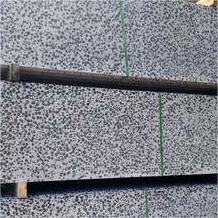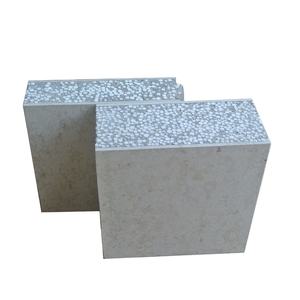Admixtures, in the context of construction materials, are substances added to concrete or other building materials during their preparation or production process. These additives are introduced to improve the properties of the base material, such as its workability, strength, durability, and overall performance.
(Admixtures Unveiled: When Were They First Introduced?)
The concept of admixtures is not new. The use of additives in construction can be traced back to ancient civilizations. For instance, Roman builders used volcanic ash, known as pozzolana, which when mixed with lime, created a strong cementitious material. This practice dates back over 2,000 years, showcasing the early understanding and application of admixtures in construction.
However, modern admixtures as we know them today started gaining prominence during the industrial revolution. The development of synthetic materials and the understanding of chemical reactions led to the creation of various types of admixtures. By the mid-20th century, admixtures had become an integral part of the construction industry, significantly impacting the quality and efficiency of concrete.
One of the first widely recognized admixtures was the introduction of air entraining agents in the 1940s. These substances were used to create tiny air bubbles within the concrete, enhancing its resistance to freezing and thawing, thus improving durability. Since then, a wide range of admixtures has been developed, including plasticizers, superplasticizers, retarders, accelerators, and waterproofing compounds.
In recent years, there has been a growing emphasis on sustainable construction practices, leading to the development of eco-friendly admixtures. These include low-alkali admixtures that reduce the amount of alkali in concrete, thereby mitigating the risk of alkali-silica reaction, a common cause of concrete degradation. Additionally, admixtures that incorporate recycled materials or natural ingredients, such as fly ash and silica fume, have gained popularity for their environmental benefits.
(Admixtures Unveiled: When Were They First Introduced?)
Admixtures continue to evolve, driven by technological advancements and the increasing demand for high-performance, sustainable building solutions. As the construction industry seeks to innovate and improve upon existing materials, the role of admixtures will likely remain central, contributing to the development of more efficient, durable, and environmentally friendly building practices.
Inquiry us
if you want to want to know more, please feel free to contact us. (nanotrun@yahoo.com)

